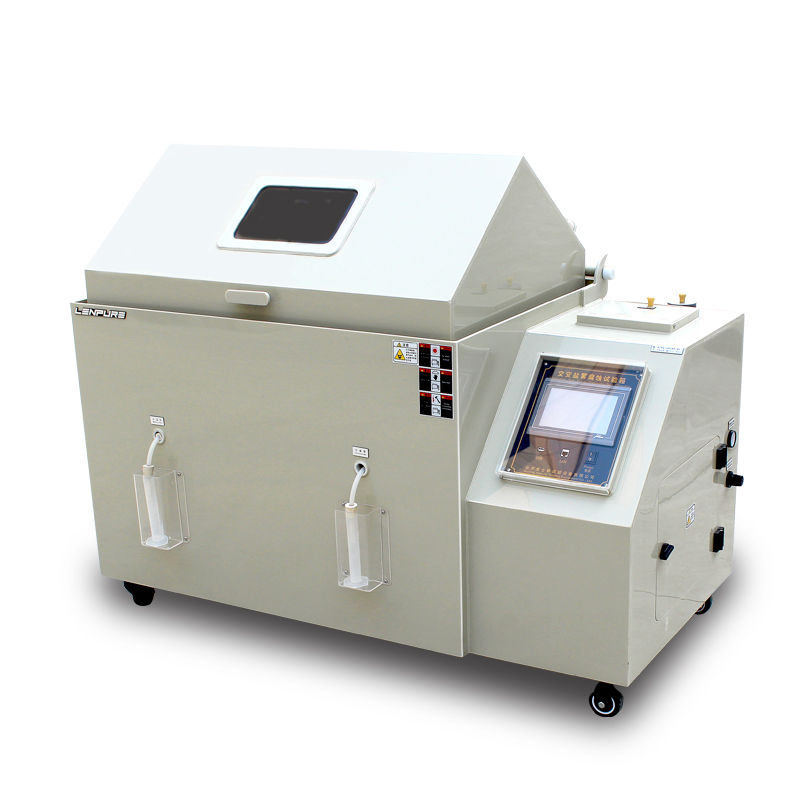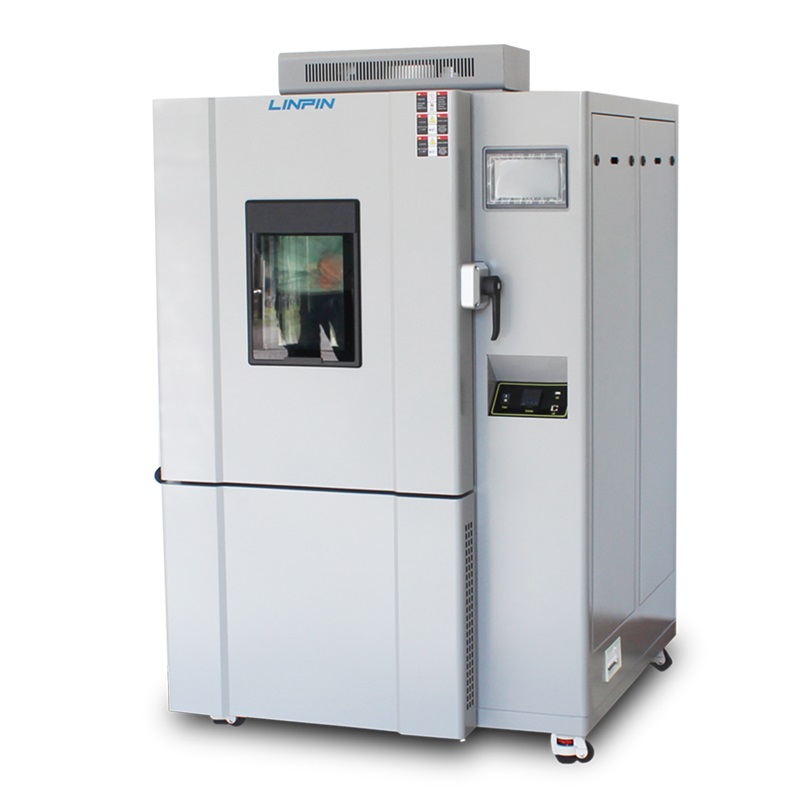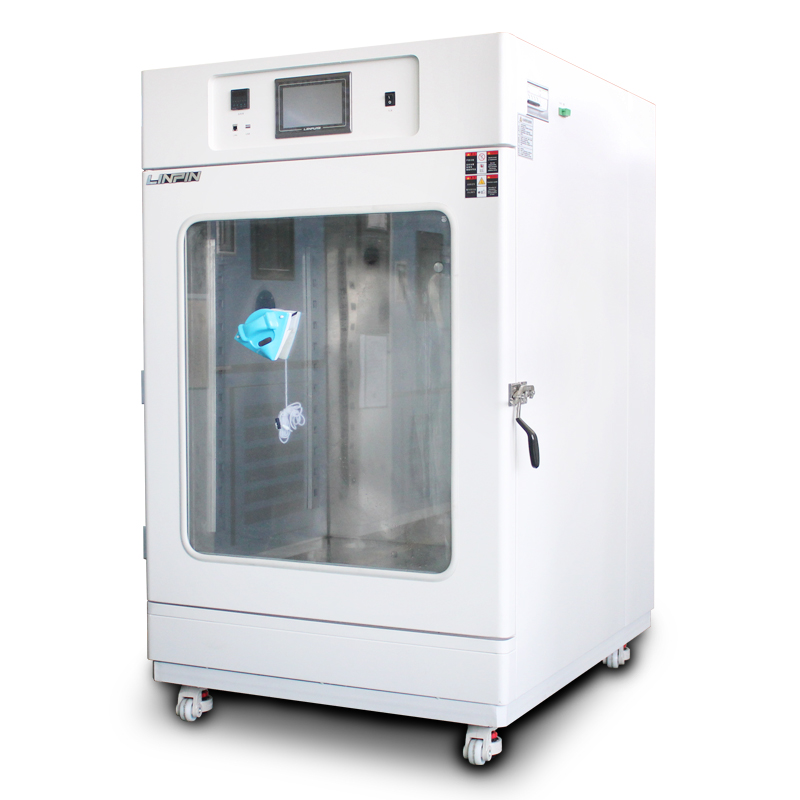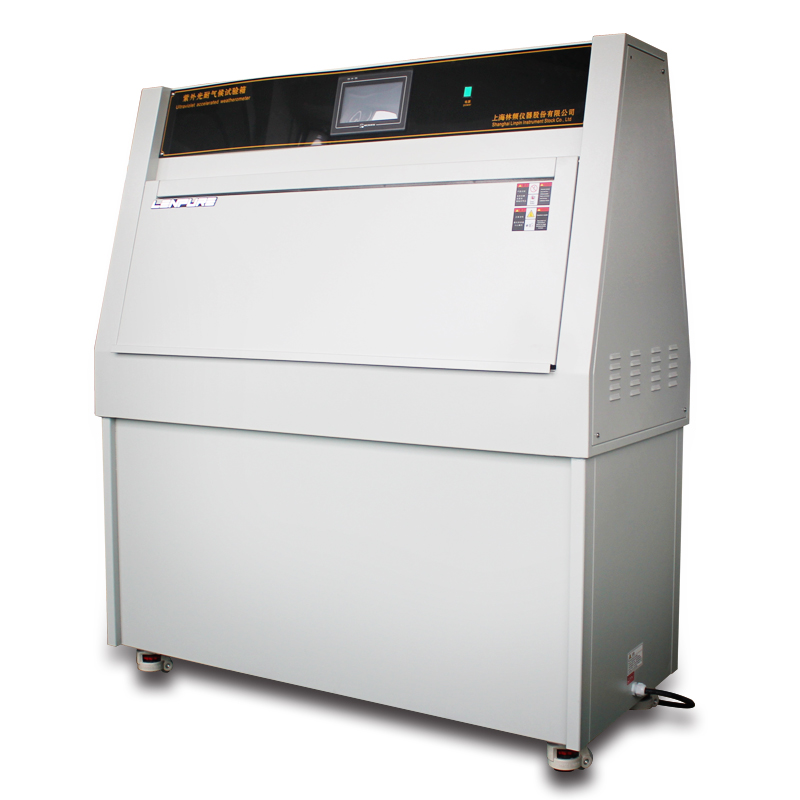The Science Behind Salt Spray Corrosion Test Chambers: The Battle Between Corrosion and Protection
Author:LINPIN Update Time:2025-08-06 Source:LINPINIn modern industry, corrosion has always been a critical factor affecting material lifespan and product performance. Whether it's ships in the ocean, automotive components, or electronic devices, all face the threat of corrosion. As an essential accelerated corrosion testing device, the salt spray corrosion test chamber provides a powerful tool for studying corrosion mechanisms and evaluating protective measures.
-
The Scientific Principles of Corrosion
Corrosion refers to the gradual degradation of materials due to chemical or electrochemical reactions with their surrounding environment. Salt spray corrosion is a typical form of corrosion, especially in marine environments, where seawater contains large amounts of sodium chloride (NaCl). These salts form salt spray in humid air, causing severe corrosion to metals and coating materials.
During salt spray corrosion, chloride ions (Cl⁻) penetrate the protective layer on the material's surface and react with the metal, forming oxides or corrosion products. For example, steel rapidly oxidizes in a salt spray environment to form rust, while coating materials may experience peeling or failure. -
How Salt Spray Corrosion Test Chambers Work
Salt spray corrosion test chambers simulate marine or salt-laden atmospheric environments to accelerate the corrosion process of materials. Their working principle involves using a spray system to atomize a sodium chloride solution of a specific concentration and evenly distribute it over the surface of test samples. Parameters such as temperature, humidity, and salt spray concentration inside the chamber can be precisely adjusted via a control system to simulate different corrosive environments.
For instance, a neutral salt spray test chamber typically maintains a temperature around 35°C and sprays a 5% sodium chloride solution with a pH value between 6.5 and 7.2. This environment significantly accelerates the corrosion process, allowing the effects of natural corrosion, which would normally take years or even decades, to manifest within days or weeks.

-
The Battle Between Corrosion and Protection
Salt spray corrosion test chambers are not only tools for studying corrosion but also vital for evaluating protective measures. By testing the corrosion resistance of different coatings, electroplated layers, or other protective technologies in the chamber, scientific evidence can be provided for material selection and process optimization.
For example, in the automotive industry, components such as body panels, brake parts, and chassis must undergo rigorous salt spray testing to ensure their corrosion resistance in harsh environments. In the electronics industry, salt spray testing is used to assess the protective performance of electronic component casings and coatings, preventing internal circuits from failing due to corrosion. -
Applications of Salt Spray Corrosion Test Chambers
Salt spray corrosion test chambers have a wide range of applications, covering fields such as marine engineering, automotive manufacturing, aerospace, electronics, and construction materials. Examples include:
- Marine Engineering: Testing the durability of steel structures, anchor chains, and seawater valves in marine environments.
- Aerospace: Evaluating the corrosion resistance of aerospace equipment in high-humidity and salt spray conditions.
- Electronics Industry: Assessing the anti-corrosion performance of batteries, circuit boards, and sensors.
- Future Prospects
With continuous advancements in materials science, salt spray corrosion test chamber technology is also evolving. For example, modern chambers are equipped with more precise temperature and humidity controls, longer continuous operation times, and more user-friendly interfaces. These improvements not only enhance testing accuracy and reliability but also provide stronger support for the development and application of new materials.
Salt spray corrosion test chambers play a pivotal role in the battle between corrosion and protection. They not only deepen our understanding of the scientific principles of corrosion but also offer robust guarantees for improving material corrosion resistance and extending product lifespans.





